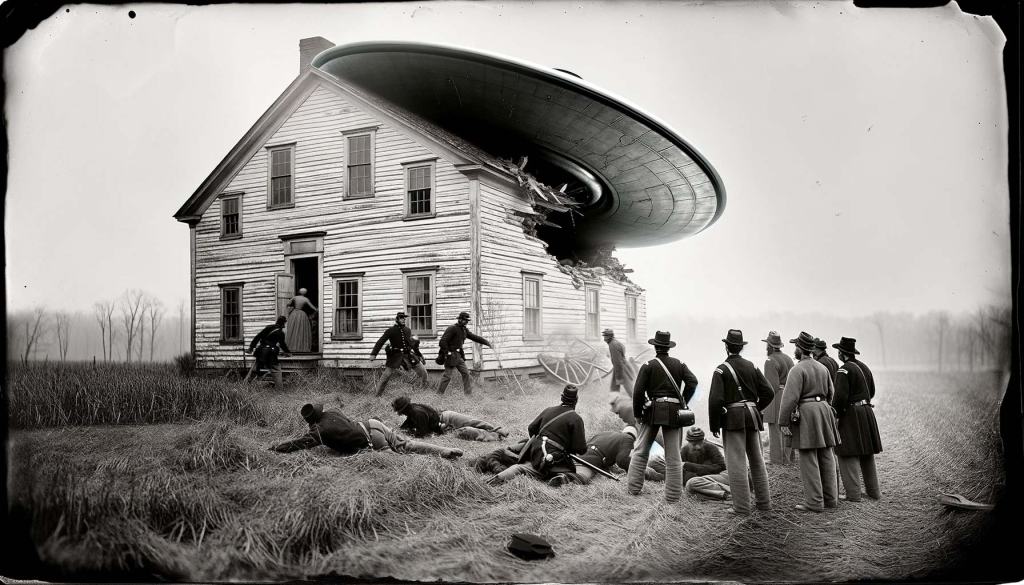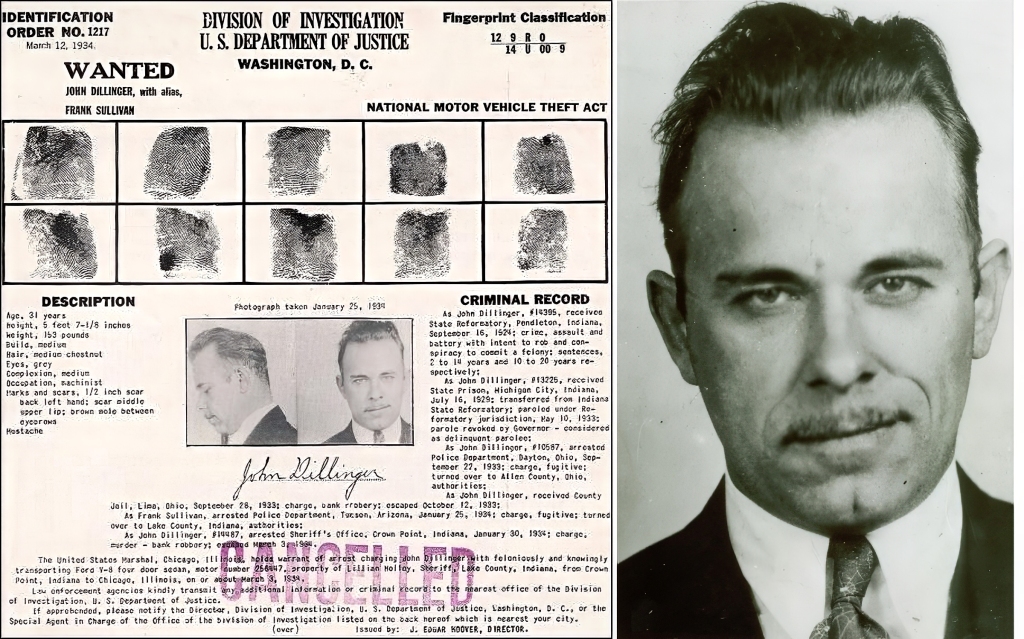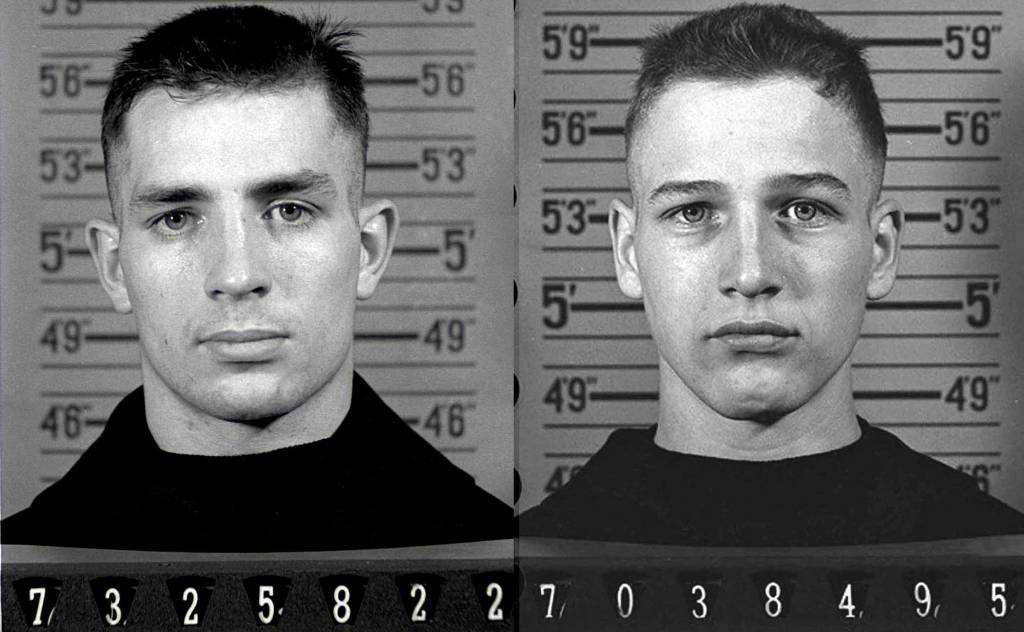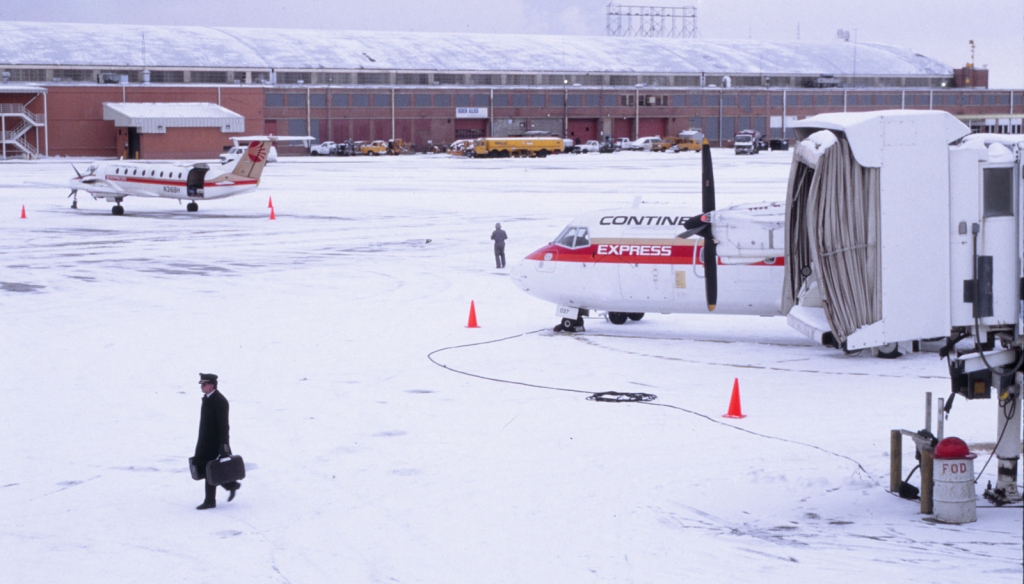
My Dearest Cousin Lavinia,
With a spirit agitated by events most peculiar, I pen this missive. It has been but a fortnight since General Sherman’s men did descend upon Goshen Farms.
Amidst the chaos, a happening most strange and fearful took place – a great flying machine, the likes of which I could scarce imagine, fell from the sky and crashed into the side of Master Thompson’s farmhouse, laying ruin to its structure.
Under the compulsion of the General’s men, I was bade enter this abode of destruction. Within, I beheld a sight that has since haunted my slumbers.
Creatures of an aspect most unusual were strewn amidst the wreckage. They were of a slight and delicate frame, with skin as pale as the moon’s glow and eyes that seemed to hold the very cosmos. They bore no resemblance to any beast of God’s creation known to my eyes.
Their attire was of a fabric unknown, shimmering under the dim light that pierced the gloom of the shattered dwelling. Though fear gripped my heart, I could not deny a certain sorrow for these otherworldly beings so far from their home, now lying silent in their iron carriage.
I pray thee, believe my words, for what mine eyes have beheld, the mind struggles to comprehend. May the Lord grant us understanding of these mysteries in His own time.
Yours in bewildered kinship, I remain,
Jessy Worthington
Goshen Farms, Georgia
Text and photo copyright © 2024 L.T. Hanlon. All content in this post is fiction.




